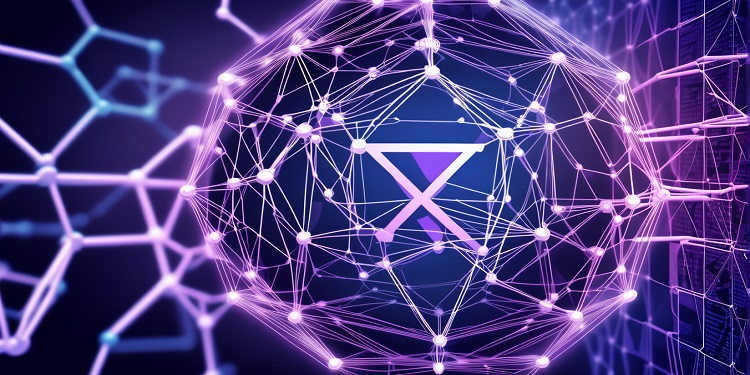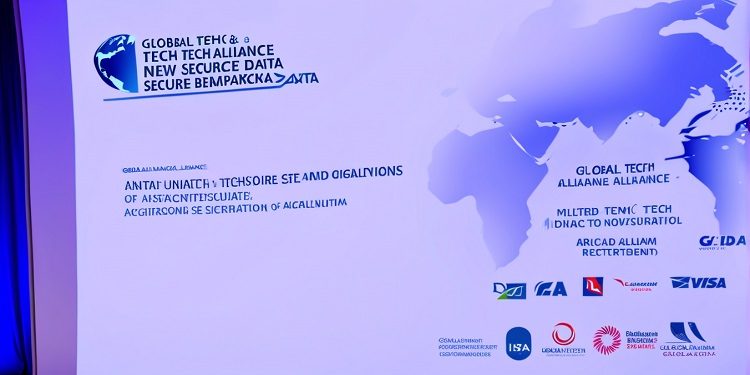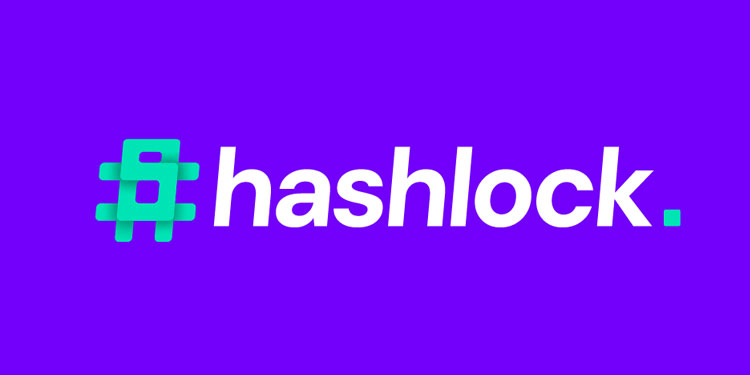Two major developments in blockchain technology have highlighted the evolving commitment of key players to both scalability and futureproofing, with Exaion enhancing the Tezos ecosystem and Sui preparing for quantum computing threats. These moves underscore a broader industry trend of reinforcing infrastructure and security to meet emerging digital demands.
Exaion Deepens Involvement in Tezos with Etherlink Validation
Exaion, a subsidiary of the French energy heavyweight EDF Group, has taken a further step into blockchain by becoming a validator for Etherlink—a Layer 2 Ethereum-compatible rollup built on the Tezos network. Already active as a Tezos baker, Exaion’s decision to support Etherlink signifies a reinforced commitment to the network’s evolution rather than a passing interest in blockchain.
Etherlink leverages Tezos Smart Rollups to improve scalability by posting transaction data to the Tezos mainnet. Exaion’s infrastructure is expected to enhance the security and reliability of this process, providing a robust foundation for the protocol’s development. This move comes as Etherlink, launched in late 2024, is still in its early phases, attracting initial developer interest and experimental projects.
Leadership at Exaion indicated that the decision to join Etherlink reflects the company’s long-standing objective to deliver high-quality digital services while actively contributing to the security of blockchain networks. According to Tezos representatives, having established validators like Exaion lends credibility and operational stability to Etherlink, a crucial factor as more projects—such as Spiko and Midas—launch on the network.
By participating in Etherlink’s validation process, Exaion is seen as helping to bridge the gap between institutional adoption and blockchain innovation. Industry observers believe this collaboration may encourage other traditional enterprises to explore the Tezos ecosystem and its emerging Layer 2 solutions.
Sui Blockchain Prepares for the Quantum Age
In parallel to Exaion’s Layer 2 advancements, Sui blockchain—developed by Mysten Labs—is actively updating its cryptographic infrastructure to withstand the anticipated rise of quantum computing. As quantum machines edge closer to practical application, their ability to break classical encryption methods poses a serious threat to blockchain networks that rely on elliptic curve and RSA-based systems.
Sui’s developers have indicated that the network was built with cryptographic adaptability in mind. This design allows Sui to implement quantum-resistant algorithms, ensuring long-term protection for user data and transactions. The network is already taking steps toward this goal by integrating post-quantum cryptographic methods endorsed by the U.S. National Institute of Standards and Technology (NIST), including lattice-based protocols such as CRYSTALS-Dilithium and FALCON.
These algorithms are designed around mathematical challenges that are currently resistant to quantum decryption methods, offering a promising path toward secure digital systems in the post-quantum era. In addition to transitioning its core encryption mechanisms, Sui is modifying key generation processes and updating hashing techniques to maintain resilience against quantum attacks.
To enhance this transformation, Sui is also focusing on improvements to its zero-knowledge proofs and other advanced cryptographic frameworks. The goal is to balance performance with future security, ensuring that the blockchain remains both efficient and safeguarded as the quantum landscape evolves.
Sui is not alone in addressing this concern. Other major blockchain platforms—including Ethereum, Algorand, and Solana—are also exploring quantum-safe solutions. Solana, for instance, has deployed the Winternitz Vault, a feature that relies on hash-based signatures resistant to quantum interference.
As blockchain technology continues to mature, these dual efforts from Exaion and Sui highlight the sector’s forward-looking mindset. Whether through institutional infrastructure in Layer 2 solutions or cryptographic innovation for quantum resilience, the industry appears increasingly focused on sustainability, security, and long-term relevance.









